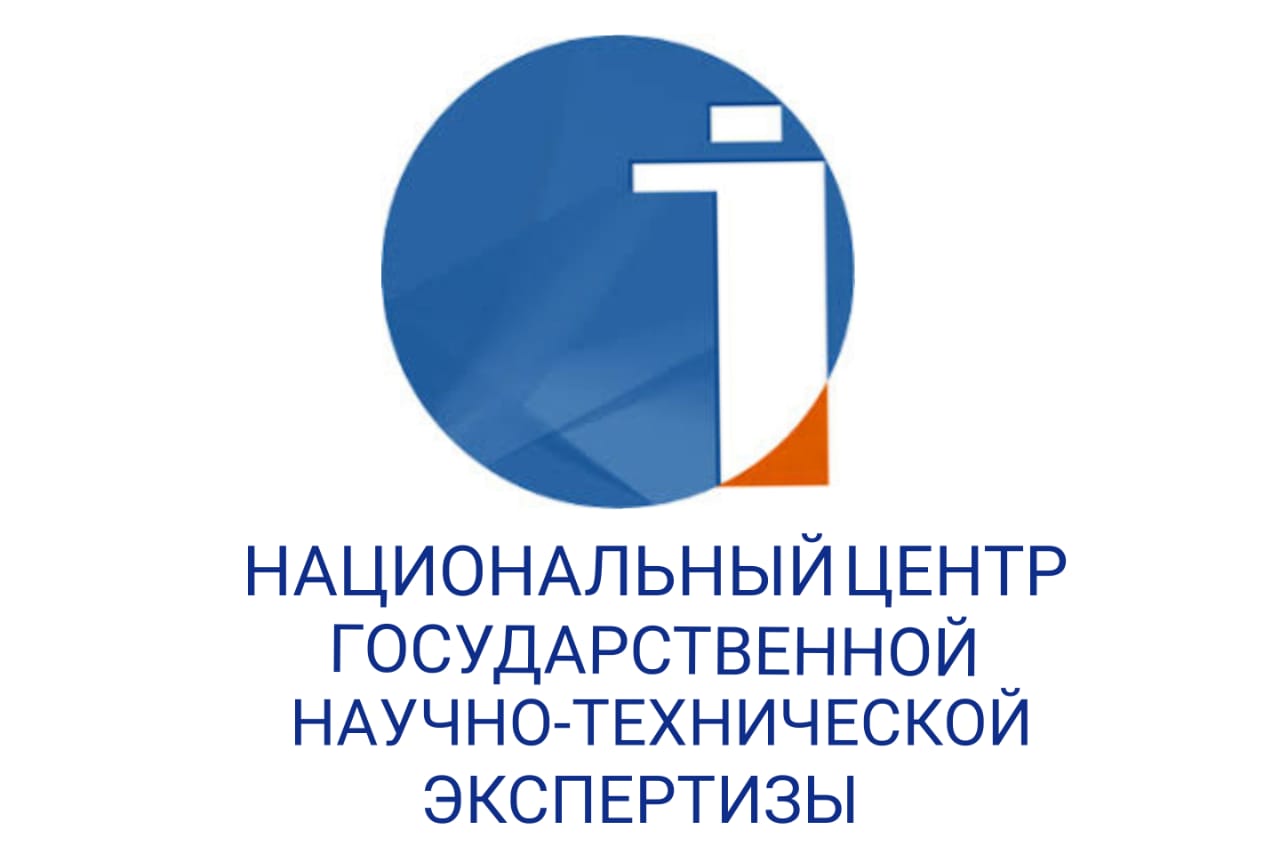INVESTIGATION OF TRANSFORMATION TECHNIQUE IN TRANSLATING TEXT FROM RUSSIAN INTO CHINESE
DOI:
https://doi.org/10.48371/PHILS.2025.2.77.023Keywords:
translation transformations, linguistic problems, translation theory, grammar, lexicon, equivalence, cultural differences, Russian-Chinese translationAbstract
Nowadays, we are faced with a lot of new information from the world, and it is very important for us to translate its meaning correctly. At the same time, the relationship between China and Russia is constantly developing, communication is gradually strengthening, and the methods of bilingual translation between the two countries are becoming especially important. And translation transformation is a necessary tool in the translation process. It should be noted that there is no single definition of the essence of the transformation method at present, which has been analyzed by many linguists from different points of view. This issue is not only a theoretical but also a very practical one, which requires an urgent solution. Translation transformation enhances the emotional perception of translators and readers of documentary and fiction texts in Russian-Chinese translations. At the same time, the transformation helps to preserve the accuracy of the meaning of the text and overcome the cultural and linguistic barriers between the countries. The use of linguistic transformations helps to convey the idea of the original text most accurately and concisely to achieve an equivalent translation. The research object of this paper is the transformation method in the translation process, and we will study and explain it from different aspects. The main purpose is to study the definition and function of the transformation method in the translation process, the reasons for its origin, classification and specific techniques, and to analyze the situation in which the transformation method is used by analyzing the opinions of Chinese and Russian linguists. The practical significance of the study of translation transformation is that this method is widely used in the translation of various styles, and nowadays, the exchanges between the people of China and Russia are also constantly strengthened. And so it is necessary to investigate the transformation method in the translation process. The scientific novelty of the paper is that it is the first time to subject the method of transformation in Russian-Chinese translation to comparative analysis. I hope that with the help of the research this work can provide translators with borrowing and reference. The main method of the research is the method of comparative analysis of the artistic text.








